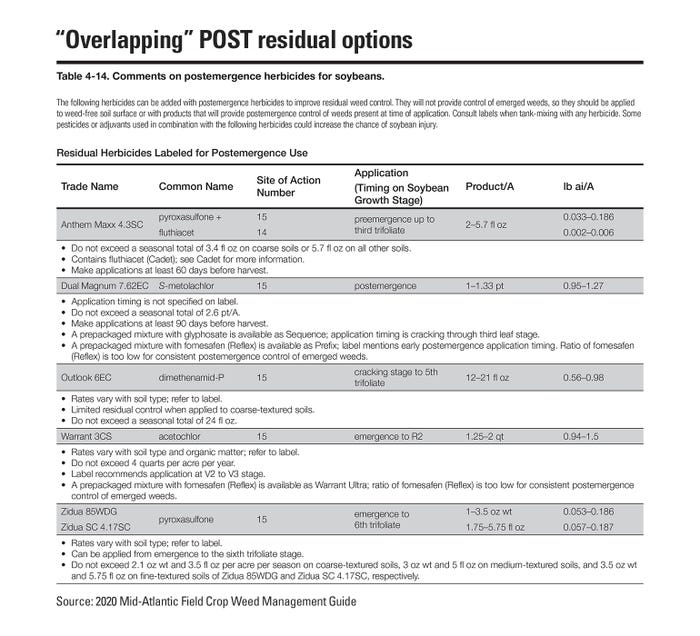
It’s no longer a question of when Palmer amaranth will be widespread in the Northeast. It already is.
So, unless you plan to till and cultivate this spring, then it’s time to think of multiple residuals as part of your attack plan.
“The reality is, within time the whole state will be covered with Palmer amaranth or waterhemp at some point,” said Dwight Lingenfelter, Penn State weed science Extension educator, speaking at a crops meeting in Lebanon, Pa.
The southeast part of the state has seen the most confirmed cases of Palmer amaranth, but it is likely that this dreaded weed is in many more counties, he said.
Contaminated equipment and seed are the main reasons Palmer amaranth and waterhemp are spreading, he said. Palmer amaranth has shown resistance to glyphosate and ALS inhibitors, among other herbicides.
Palmer is known to grow very tall with some weeds known to grow up to 9 feet. The stem of Palmer amaranth is also unique, he said, in that it is very smooth unlike waterhemp, which has fine hairs along its stem.
Palmer also resembles an architectural poinsettia at full growth, he said. It also has long seed heads, and separate male and female plants, of which the females grow taller and prickly.
Another challenge is that Palmer can re-root very easily.
“You can’t just go out, break them off and throw them back in,” he said. “They will re-root too easily. It also germinates all season long.
“If you have it, you'll know it. It's something completely different from what you've seen.”
Overlapping residuals
Multiple modes of action and the use of herbicide residuals are key to controlling Palmer amaranth. Lingenfelter said growers should expect their herbicide costs to double if not triple due to increased herbicide use.
Another key to controlling it is timing. If the weed escapes pre-emergence it’s crucial to go out and attack it before it gets 3 inches tall. If it gets taller than 3 inches, herbicides usually won’t work.
With preemergence herbicides, Lingenfelter said to look for ones labeled 8+ or 9. These will give you the best chance of control.
Another thing to look at is overlapping residuals. In a traditional herbicide program, you spray an herbicide around planting with the expectation that the residual will provide long-lasting control. But when it “runs out of gas” and doesn’t provide the type of control expected, there is a lag period where the grain crop isn’t tall enough to shade out the weed.
This is where another herbicide could be beneficial but watch your timing as you don’t want to damage your grain.
Here is a handy chart that explains the maximum corn and soybean growth stages for using post-emergence herbicides.


Dicamba is also effective against Palmer amaranth, but Lingenfelter doesn’t recommend it as a post-emergent, especially with corn and soybean fields near vegetables and vineyards.
Rainfall is also crucial. Some herbicide formulations need a half-inch to an inch of rainfall within a week to 10 days of application to activate. Otherwise, the residual control will be minimal.
“And then the weed seeds grow. That’s why rainfall is critical,” he says.
In Pennsylvania, Palmer amaranth is resistant to glyphosate and ALS. In some place like Arkansas, it has five-way resistance.
Cover crops — especially a thick cereal rye — can do a good job of keeping Palmer amaranth suppressed, he said.
About the Author(s)
You May Also Like






